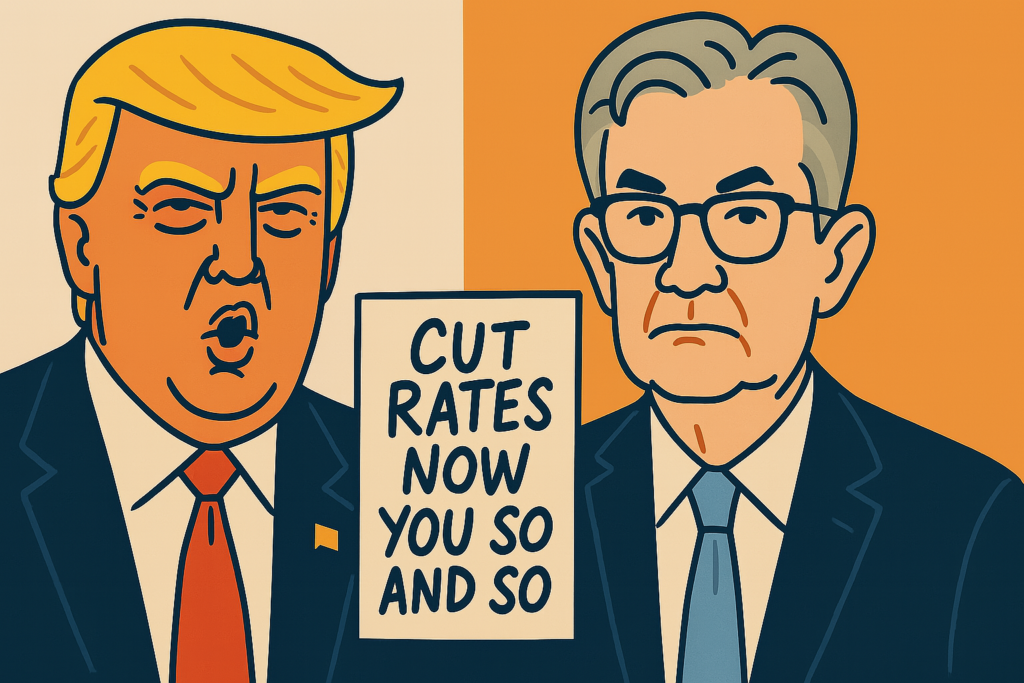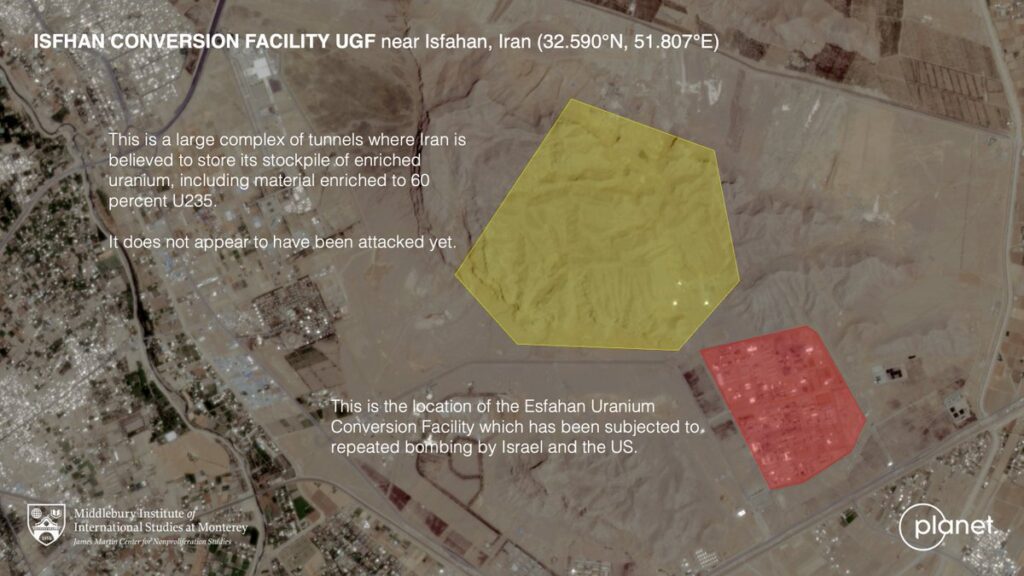In reaction to the coronavirus epidemic governments across the world have enacted measures unprecedented in recent decades, including closing national borders, setting up quarantine zones, restricting travel and closing factories and schools.
Economic activity in China has slowed sharply and disruptions to international supply chains are impacting global trade and production with the slump in tourism heaping further pressure on retailers. However, putting figures on the current, let alone final economic, financial and social cost of the coronavirus epidemic remains guess work.
Markets accustomed to the bullet-proof, metronomic rise in global and US equities have seemingly been “surprised” by the sharp sell-off in global equity markets this week.
At the same time global FX volatility has remained modest, despite its recent up-tick. This can be partly attributed to EM central banks’ tight FX management, including FX intervention to smooth out currency moves. A number of developed central banks (including the SNB) have also stepped up their FX intervention to tame their currencies.
Chinese exchange rate policy is central to this theme. The PBoC has in the past three weeks set its daily USD/CNY fix near the 7.00 level, despite the Dollar’s underlying appreciation, and in the process sacrificed some export competitiveness, in line with our view (see What next for Asian currencies, 31 January 2020).
The relative stability in USD/CNY has contributed to both muted volatility in Non-Japan Asian currencies and limited directionality year-to-date versus the Dollar, which has resulted in the PHP, INR, IDR and TWD appreciating in trade-weighted terms.
The THB and KRW have been the main exceptions, in line with our forecast, and we expect further downside. Similarly, the IDR – down 2.7% since 20th February – remains vulnerable.
Sterling has also dropped this week, to a 5-week low, and history points to a fall in elevated long speculative positioning and further Sterling depreciation. Conversely, the unwinding of short Euro positions has seen the currency hit a 12-week high. We expect the Euro to trend higher but for weak Eurozone macro data to cap the pace of appreciation.
Coronavirus: governments reacting, markets moving but analysts still guessing
The outbreak of the coronavirus two months ago has seen Chinese policy-makers and governments across the world enact measures unprecedented in recent decades, including closing national borders, setting up quarantine zones, restricting domestic and international travel and closing factories and schools.
Despite these measures there has been an exponential increase in reported cases (46,429 active at time of writing) and deaths (2,801) in and outside of China. Perversely, the coronavirus has spread rapidly and widely in part because of its low mortality rate (about 2%). Very aggressive viruses with a high mortality rate, such as Ebola (which has an average mortality rate of about 50%), tend to run out of new hosts to infect and thus die out faster.[1]
Ultimately there are few precedents for analysts to refer to and therefore putting figures on the current, let alone final economic, financial and social cost of the coronavirus epidemic remains guess work. Comparing the number of coronavirus cases/deaths to those of other viral outbreaks, including the common flu, and other non-viral causes of deaths helps put the current outbreak in perspective but they very rarely if ever lead to the kind of measures which governments have been forced to enact in recent weeks.
When the SARS outbreak, which also originated in China, took hold in 2002-2003, China’s economy was far smaller in absolute and relative terms and far less interconnected globally than it is today. Indeed in the past 17 years its GDP has increased more than eightfold from about $1.7rn to $14.3trn, with its share of global GDP more than doubling from about 8% to 20% according to the IMF. Its share of global trade (exports + imports) has roughly doubled to around 12% according to the WTO.
However, there is little doubt that economic activity in China, the epicentre of the epidemic, has slowed sharply – despite what macro indicators such as PMIs suggest – with domestic companies (in particular SMEs) under growing financial strain, which has forced Chinese policy-makers to pressure already over-leveraged banks to extend credit. Disruptions and delays to international supply chains are starting to impact global trade and production with the slump in domestic and international tourism heaping further pressure on retailers, including luxury groups. Unsurprisingly tensions in China and internationally in response to the spread to the coronavirus have flared up.
The sharp sell-off in global equity markets this week – including the largest daily sell-off in two years on 24th February – and prolonged rally in safe-haven assets, including US Treasuries, gold and the Swiss Franc, has arguably come as somewhat of a “surprise”. We would argue that this is partly due to markets having long grown accustomed to global and in particular US equity markets rising at an almost metronomic rate and regularly hitting new record highs while largely ignoring domestic and global exogenous shocks. These have included the slowdown in global GDP growth in recent years, the 18-month long US-China trade crisis (which has yet been fully resolved), the US-Iran crisis and US President Trump’s impeachment trial.
At the same time, we should not be surprised that volatility in major currencies has on the whole remained modest, even if this at first glance appears counter-intuitive given the wild gyrations in other financial markets.
Global FX volatility remains modest in absolute and relative terms despite equities rout
Intra-day trading volatility has recently picked up in a number of emerging market currency crosses, including USD/MXN and USD/RUB and our measure of global FX volatility has inched higher from the 5-year low recorded in late-November, in line with our forecast (see Depressed FX volatility allows for few surprises, 22 November 2019).
However, we estimate that realised volatility in a turnover-weighted basket of 32 major currency pairs against the Dollar – measured by the 10-day standard deviation in the daily percentage change in the spot (closing) price – is currently still only 0.4 and below its 10-year average of almost 0.5 (see Figure 1).
There are a number of inter-related factors why global FX volatility has been and remains modest, as well as sovereign-specific explanations for the level and direction of volatility in individual currency pairs
For starters there have been few major currency shocks in the past three years[1] and as we highlighted throughout 2018-2019 there has been limited contagion across emerging market currencies including during periods of stress in the Argentine Peso and Turkish Lira. This can be partly attributed to emerging markets central banks’ tight FX management, including the greater use of Dollar swaps and intervention in the FX market to smooth out currency moves.
- Brazil: The central bank on 13th February alone sold $1bn of FX swaps to shore up the under-pressure Real which had hit a record low against the US Dollar.
- Turkey: The central bank announced on 10th February that it would further tighten controls on the Lira, after USD/TRY rose above 6 for the first time since May. The CBT lowered the size of currency swaps and other similar transactions between Turkish banks and foreign counterparties from 25% of bank’s regulatory capital to 10%.
A number of developed central banks have also stepped up their FX intervention in order to slow their currencies’ trend appreciation or depreciation which has curbed the magnitude of daily up or down moves.
- Switzerland: Commercial banks' sight deposits at the Swiss National Bank (SNB) have increased more sharply in recent week. This suggests that the SNB has stepped up its FX intervention to slow the appreciation in the Swiss Franc which in Nominal Effective Exchange Rate (NEER) terms is up nearly 11% since May 2018 and currently trading at its strongest level since late-June 2015, according to our estimates (see Figure 2).
- Denmark: Central bank’s foreign exchange reserves fell by $1.3bn in January, its largest monthly FX intervention in four years in a bid to prevent the Danish Krone weakening further against the Euro and to maintain the DKK/EUR peg around the central rate of 746.04.
Ultimately policy-makers are more willing to manage their currencies than they are inclined to manipulate equity markets – after all central bank exchange rate policy is a key component of overall monetary policy – and more able to guide their currencies than they are domestic equities held by a wide-array of financial market participants.
Relative stability in USD/CNY feeding through to other Non-Japan Asian crosses
In particular Non-Japan Asia (NJA) central banks have been willing (and able) to buy or sell FX reserves to both dampen day-to-day volatility and influence their currencies’ paths in a bid to shore up their inflation-targeting credentials while maintaining a degree of export competitiveness. Chinese exchange rate policy has been central to this theme.
The People’s Bank of China (PBoC) has in the past three weeks continued to set its daily USD/CNY fix, around which USD/CNY spot can trade in a +/-2% band, near the 7.00 level despite the Dollar’s underlying appreciation (see Figure 6) and daily moves in USD/CNY have been minute (see Figure 3). This is in line with our view that “We think it [the PBoC] will avoid fixing USD/CNY materially higher to avoid the risk of markets pricing in further significant currency weakness and stoking significant capital outflows from China” (see What next for Asian currencies, 31 January 2020).
This suggests to us that the PBoC thinks that the benefits of a broadly stable USD/CNY cross currently outweigh the negative impact of the Renminbi NEER’s modest 1.8% appreciation year-to-date on Chinese trade competiveness at a time of already slowing domestic economic growth (see Figure 6). We think this is partly borne out from the PBoC’s botched Renminbi “devaluation” in August 2015 which resulted in large FX outflows from China, sustained pressure on the Renminbi and other NJA currencies and Chinese policy-makers having to introduce stringent capital controls.
The relative stability in the USD/CNY cross has contributed to both muted volatility in NJA currencies versus the Dollar and limited directionality year-to-date, including in the high-yielding Indonesia Rupiah and Indian Rupee.
- Realized daily volatility in USD/PHP is running at only 0.17, the bottom end of a 12-month range of 0.15-0.83 and only marginally higher than volatility in the “managed” USD/CNY cross (see Figure 4).
- Volatility in USD/IDR, USD/INR and USD/MYR has been comparable to volatility in the safe-haven Swiss Franc versus the Dollar. This would have been unthinkable only a few years ago.
- Volatility in USD/KRW has risen to about 0.46 from 0.30 at the turn of the year but remains well below its 12-month high – hit last August when US-China trade tensions flared up – and lower than volatility in a number of developed market currencies (namely the Norwegian Krone, Swedish Krona, Sterling and Japanese Yen).
- Volatility in USD/TWD has picked up in the past 4-6 weeks but USD/TWD has remained in a narrow range of only 1.8% year-to-date (see Figure 5).
- USD/PHP and USD/INR have traded in even narrower ranges of respectively 1.3% and 1.7%.
Thai Baht, Korean Won and Indonesian Rupiah underperformance likely to extend
There have been some exceptions to this low volatility-narrow range matrix.
Daily volatility in USD/THB and USD/KRW remains modest, but the Thai Baht and Korean Won have traded in reasonably wide ranges of respectively 7% and 5.6% versus the Dollar since end-2019 (see Figure 5). This suggests, in our view, that the Bank of Thailand (BoT) and Bank of Korea (BoK) have either been more “hands-off” than some of their Asian counterparts or less effective in their FX intervention. We think it’s more likely the former.
The BoT – which cut its policy rate to a record-low of 1.00% on 5th February – and the BoK are seemingly intervening in the FX market to fade daily volatility in their currencies versus the Dollar. However, they are not standing in the way of underlying depreciation pressures in order to enhance export competitiveness and protect underlying economic growth, in our view.
Indeed the Thai Baht has weakened about 6% year-to-date against an admittedly stronger Dollar and 4.4% in NEER terms, albeit from the 22-year high recorded on 31st December 2019 (see Figures 6 & 7). This tallies with our view that “The fact that China is Thailand’s largest export destination (12% of total merchandise exports) and source of tourists (29% of total) will have likely weighed on current account inflows into Thailand and exacerbated capital outflows […] While the Bank of Thailand may try to slow the pace of Baht depreciation it is not obvious to us that it is close to putting a hard floor under its currency” (see What next for Asian currencies, 31 January 2020).
Similarly, the Korean Won has weakened 4.6% versus the Dollar and 3.1% in NEER terms year-to-date, with the Won NEER down 2% so far in February (see Figures 6 & 8). Again this is in line with our month-old view that “It would seem that the Bank of Korea is once again prepared to let Won depreciation act as a counter to weaker domestic regional trade and economic growth in the context of the coronavirus” (see What next for Asian currencies, 31 January 2020).
We see few compelling reasons why these two currencies’ underperformance will be reversed near-term.
Conversely, the relative stability of the Philippines Peso, Indian Rupee, Indonesian Rupiah and Taiwan Dollar year-to-date versus an appreciating US Dollar has translated into these currencies strengthening very modestly in NEER terms (see Figure 6).
However, the Indonesian Rupiah, which has historically been more vulnerable during periods of global risk aversion, has weakened 2.7% in NEER terms in the past week, in line with the sharp sell-off in global equities (see Figure 9). The Rupiah NEER has returned to the upward sloping range which prevailed in 2019 but is still only 2.7% from the 31-month high recorded on 20th February, according to our estimates. We thus think the risk is biased towards the Rupiah weakening further near-term in the face of growing concerns about the amplitude and impact of the coronavirus on the domestic and regional economies.
Heavy long speculative positioning could see Sterling’s recent downturn extend
A number of developed market currencies have also weakened sharply in recent days, including the Sterling NEER which has lost 1.7% since 18th February, according to our estimates.
While we do not think that the spread of the coronavirus has yet had a direct, material impact on Sterling, a number of factors have played a role in Sterling’s slump to a 5-week low. These include i) the correction in global equities and global risk aversion, ii) lingering question marks about whether the British government has the scope to announce significantly looser fiscal policy at its budget on 11th March and iii) growing signs of a rift between the UK and EU on the terms and conditions of a new trade deal to replace the current transition agreement due to expire on 31st December 2020.
Importantly, market positioning has likely contributed to Sterling’s sharp sell-off, in our view. Figure 10 shows that in the week to 18th February net-long speculative positions in Sterling hit a 96-week high of about £1.8bn, driven by the Bank of England’s decision to keep rates on hold at its policy meeting on 30th January (despite concerns it may cut rates 25bp), the UK’s orderly departure from EU on 31st January and a string of better-than-expected UK macro data this month (including CPI-inflation and retail sales figures for January and flash composite PMI for February).
However, history shows that when net-long Sterling speculative positions have exceeded around £2bn (green shaded areas), positioning has tended to reverse sharply and Sterling weakened materially. The Commodity Futures Trading Commission will release Commitment Of Traders (COT) data for 25th February tomorrow (28th February) and we suspect that net-long Sterling positions were pared back from the previous week. We still think UK markets are pricing in a fair bit of “good news” and that going forward the risk is tilted towards speculative positions being further unwound which would see an until-recently resilient Sterling lose further ground.
Conversely, the unwinding of short Euro positions has seen the currency hit a 12-week high. We expect the Euro to trend higher but for weak Eurozone macro data to cap the pace of currency appreciation, as we will explore in our next Fixed Income Research & Macro Strategy report.
[1] Ebola also spreads through direct contact with body fluids, such as blood from infected humans or other animals and thus can be more easily contained than airborne viruses such as the coronavirus. Moreover, it has tended to originate in African nations which are far less interconnected to the global economy than China.
[2] In comparison, in January 2015 the Swiss National Bank effectively revalued the Swiss Franc, in August 2015 the People’s Bank of China devalued the Renminbi and in June 2016 Sterling collapsed following the EU referendum.
















